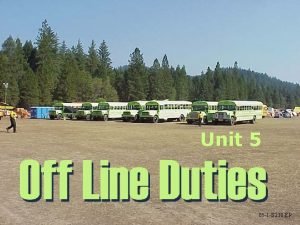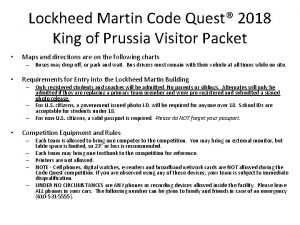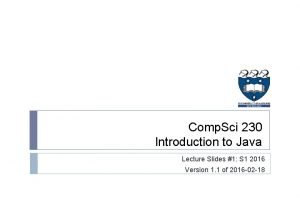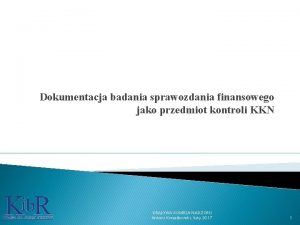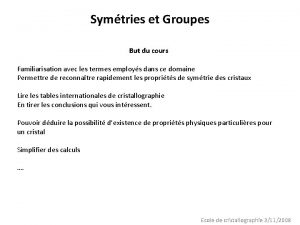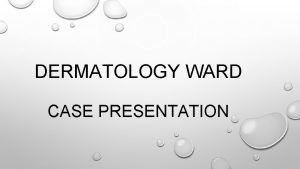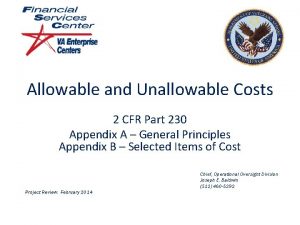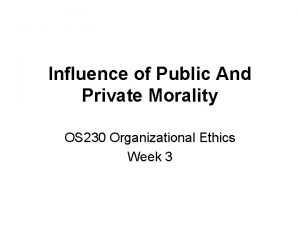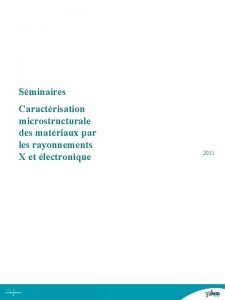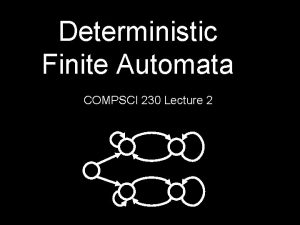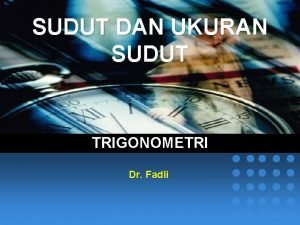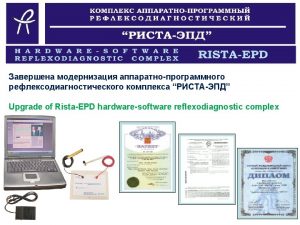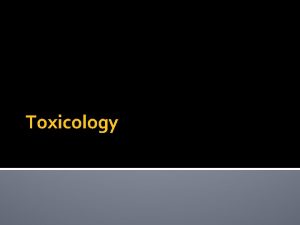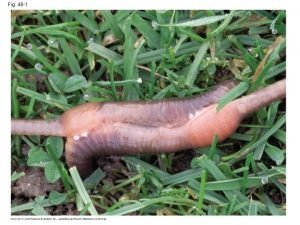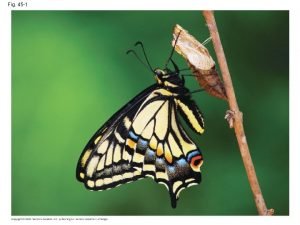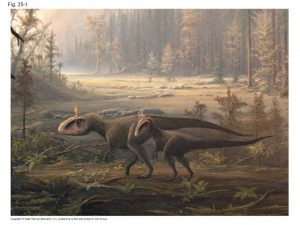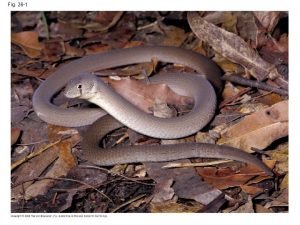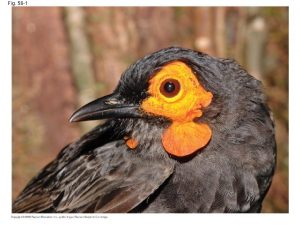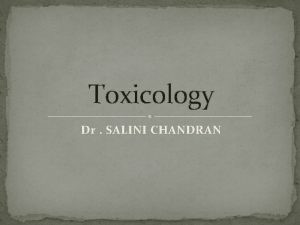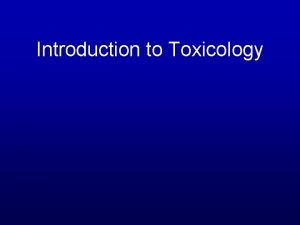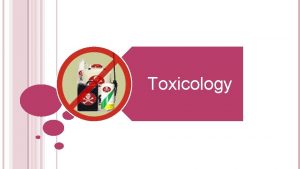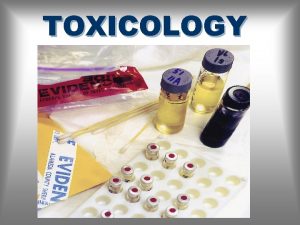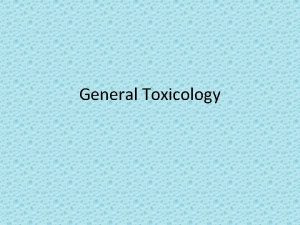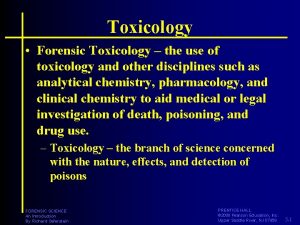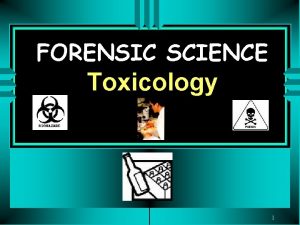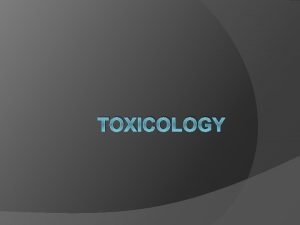Toxicology Toxicology Fig 11 3 p 230 Toxicology
























- Slides: 24

Toxicology

Toxicology Fig. 11 -3 p. 230 • Toxicology is the science that examines the effects of poisonous substances on humans and other organisms • Any chemical substance may cause negative effects if ingested in great enough quantities – A toxicant in a minute enough quantity may pose no health risks

Synthetic chemicals in the environment • Synthetic chemicals are made by humans and there are thousands in our soil, water, and air – 80% of US streams contain at least 82 chemicals • Not all synthetic chemicals pose health risks, and most are only found in minute amounts

Silent Spring • In 1962, Rachel Carson published the novel Silent Spring • This novel brought the perils of DDT and other pesticides into public consciousness – It was written at a time when chemicals were prayed over residential neighborhoods on the assumption that they could do no harm to people • The book helped to generate significant social change, and resulted in the subsequent ban of DDT in the US in 1973 – DDT is still used in many countries

Types of Toxicants • Carcinogens—chemicals or types of radiation that cause cancer – Ex) the chemicals in cigarette smoke • Mutagens—chemicals that cause mutations in the DNA of organisms • Teratogens—affect the development of human embryos – Ex) thalidomide: was used as a sleeping pill but turned out to cause birth defects in single doses

Practice Question! ______ cause birth defects while the human embryo is growing and developing during pregnancy 1) Mutagens 2) Carcinogens 3) Teratogens 4) Biogens 5) Hanta viruses

Types of Toxicants • Allergens—overactivate the immune system and cause an immune response when not necessary • Neurotoxins—assault the nervous system – Ex) mercury, lead, and some chemical weapons • Endocrine disruptors—interfere with the endocrine system (makes hormones)

Endocrine Disruptors • Hormones stimulate growth, development, and sexual maturity, as well as regulating brain function, appetite, sexual drive, etc • Some toxicants disrupt an animal’s system by blocking the hormones or accelerating their breakdown – Others mimic the hormone and block receptors


Endocrine Disruptors • Ex) some chemicals cause feminization of male animals by mimicking estrogen – Many people think this is occurring in humans due to chemicals found in our water and in plastic products

Toxicants in surface water and groundwater • Runoff often carries toxicants from large areas of land • Many chemicals leach down into groundwater and contaminate drinking water supplies

Airborne Toxicants • Pesticide drift occurs when pesticides are transported through the air and may cause effects far from the site of direct chemical use

Toxicants may accumulate in the food chain • Some toxicants are not easily broken down in the body and build up in the body – Some substances are stored in fat or muscle tissue • Bioaccumulation refers to the process where toxicants build up in an organisms

Toxicants may accumulate in the food chain • Biomagnification occurs when the concentration of toxicants increases each step up the food chain – Ex) the most famous example of this occurred with DDT into birds; this caused many species of birds in the US to decline

Practice Question In order for biomagnification to occur, a pollutant must be I. Concentrated by producers II. Soluble in water III. Long-lived 1) I only 2) I and III only 3) I and II only 4) II and III only 5) I, II, and III

Germ Resistance to Antibiotics § Bacteria’s high reproductive rate allows these organisms to become genetically resistant to an increasing number of antibiotics § The overuse of pesticides and antibiotics has fostered this resistance § Every major disease-causing bacteria now has at least one strain that resist common antibiotics

Case study on pesticides: Bhopal, India § On December 3, 1984 the world’s worst industrial accident occurred at a Union Carbide pesticide plant § An underground storage tank exploded and released a large quantity of toxic gas used to produce pesticides § 600, 000 people were exposed and at least 22, 000 died § The company was found to be at fault

Case Study: DDT § DDT (dichloro-diphenyl-trichloroethane) was discovered in 1874 § In 1939 it was developed as an insecticide § § In 1948 the inventor won a Nobel Prize DDT is a broad-spectrum insecticide, meaning that it is toxic to many species

Case Study: DDT is extremely effective in killing mosquitoes and stemming the spread of malaria

Case Study: DDT § DDT has a long persistence time and thus will stay in the environment for extended periods (up to 15 years)—it will be biomagnified § In birds, DDT decreases the reproductive rate by causing eggshell thinning and embryo deaths § In aquatic animals, DDT is highly toxic § In humans, DDT is a probable human carcinogen, damages the liver, temporarily damages the nervous system, and damages reproductive system § Currently, DDT cannot be used in the US, but it can be manufactured and sold to other companies

Types of exposure affect responses • Acute exposure occurs when a person experiences high exposure for short periods of time • Chronic exposure occurs with lower exposure over long periods of time – This is harder to recognize as the effects show up gradually – Ex) alcohol abuse can cause liver damage, pesticide residues on food can build up in your body

Synergistic effects of toxicants • Synergistic effects are the interactive impacts that occur when toxicants are mixed together – These may be more than or different than the simple sum of their separate effects • Ex) wild wood frogs will suffer deformities in their limbs due to parasitic infection – The infections are exacerbated when the frogs are exposed to pesticides that weaken their immune responses

Regulating toxicants • The Food and Drug Administration (FDA) regulates foods, food additives, cosmetics, and drugs and medical devices – Formed under the Food, Drug, and Cosmetic Act of 1938 • The Environmental Protection Agency (EPA) regulates pesticides under the Federal Insecticide, Fungicide, and Rodenticide Act (FIFRA) of 1947 – They also regulate chemicals not covered by other laws, under the 1976 Toxic Substances Control Act (TSCA) • The Occupational Safety and Health Administration (OSHA) regulates workplace hazards

More details on the EPA • The FIFRA was intended not to protect public health and the environment but to assure consumers that products actually worked as their manufacturers claimed – Later amendments changed the focus to protecting health and charged the EPA with registering each new pesticide • TSCA directed the EPA to monitor around 75000 chemicals and requires screening of substances
 Fig 2
Fig 2 Sci 230
Sci 230 Dkb 230
Dkb 230 S230 crew boss test answers
S230 crew boss test answers Mymajorhealth
Mymajorhealth Edu 230
Edu 230 Lockheed code quest
Lockheed code quest Compsci 230
Compsci 230 Kvalitativa variabler
Kvalitativa variabler Compsci 230 review
Compsci 230 review Msb 230
Msb 230 Projection stéréographique des 32 groupes ponctuels
Projection stéréographique des 32 groupes ponctuels Section 230-240 of companies act 2013
Section 230-240 of companies act 2013 Dermatology case presentation
Dermatology case presentation 2 cfr 230
2 cfr 230 237 en yakın onluğa yuvarlama
237 en yakın onluğa yuvarlama Os 230
Os 230 Duke cs 230
Duke cs 230 Représentation des 230 groupes d'espace
Représentation des 230 groupes d'espace Compsci 230 duke
Compsci 230 duke Compsci 230 duke
Compsci 230 duke Zodiac futura fastroller
Zodiac futura fastroller Loei reglamento
Loei reglamento Vodafone infodok 230
Vodafone infodok 230 Pengertian ukuran sudut
Pengertian ukuran sudut



